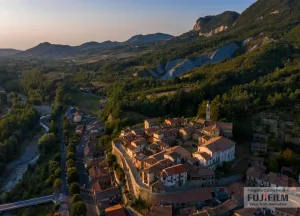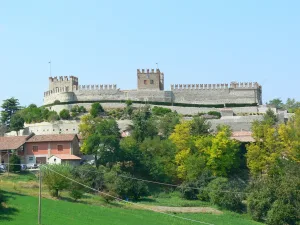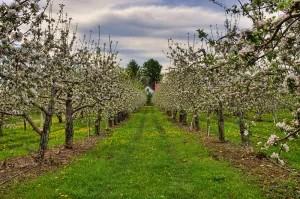Unique and unmistakable Varzi, capable even of resembling a lunar landscape. In Nivione, beyond the Staffora stream, there is a natural corner where the landscape suddenly changes. From the green woods you reach a suggestive scene: a glacial basin surrounded by rocky walls: this is the Valle della Luna (Valley of the Moon), so called for its particular beauty and for the idea of having arrived on the moon, among smooth white rocks sculpted by erosion and wind. The contrast between the light and shadow of the rocks creates a suggestive and mysterious atmosphere that has inspired many local legends and stories.
The area is also an important geological site where fossils, including shells and the remains of marine animals, testify to the presence of an ancient sea that covered the valley millions of years ago.
In the Valley of the Moon there is also a large cave, which some have renamed the Devil's Cave. Legend has it that the Dragon of Darkness emerged from here to fight St Michael.
An alternative route
The Nivione Gorges can be easily reached by car, heading towards Ponte Crenna, or on foot. The itinerary starts from the market square in Varzi. After crossing the bridge over the Staffora stream, take path no. 2 of the Via del Sale as far as Monteforte; continue uphill through chestnut woods and on asphalt to reach path no. 3, which descends to Nivione. From Nivione Castle, cross the ravines to reach the partisan house; then descend to Cascina Cagnano and return to Varzi.
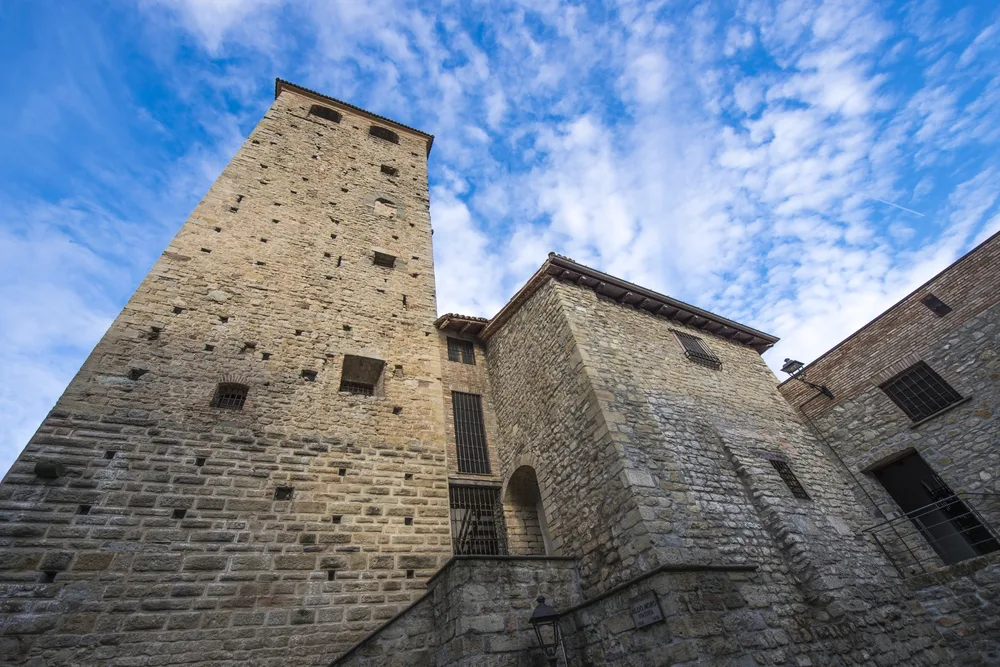
The Partisan's House
From the gorges of Inhibition you can reach the Partisan's House, which stands on the highest point of the promontory from which the partisan Primula Rossa dominated the valley and led the liberation of Varzi. The small building was a symbol of that bloody period when the partisans clashed with the German soldiers in the Oltrepadane hills. And it was here that the almost legendary figure of Primula Rossa, born in Varzi in 1921 as Angelo Ansaldi, was born.
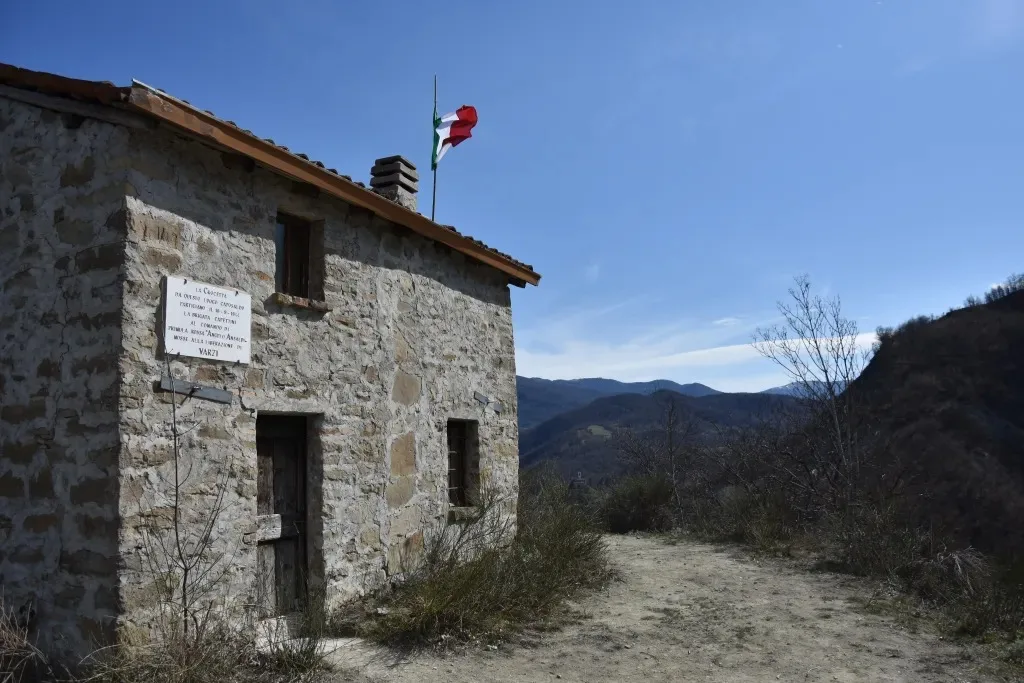
The origins of the canyon
The 'calanchi' (gullies) are a particular geological formation present in Varzi and in some other areas of the Oltrepò Pavese. They are a series of deep furrows and ridges that have formed over the centuries due to soil erosion. This phenomenon was mainly caused by the action of rainwater and wind on the clayey rock of the area. They are characterised by steep walls and deep incisions alternating with rounded ridges and ravines.
The Varzi gullies area is considered to be of great natural and scenic interest, and deserves to be visited to fully appreciate its evocative beauty. It is very popular with hikers and trekking enthusiasts, who can follow numerous paths immersed in nature to discover the beauty of this unique territory.






